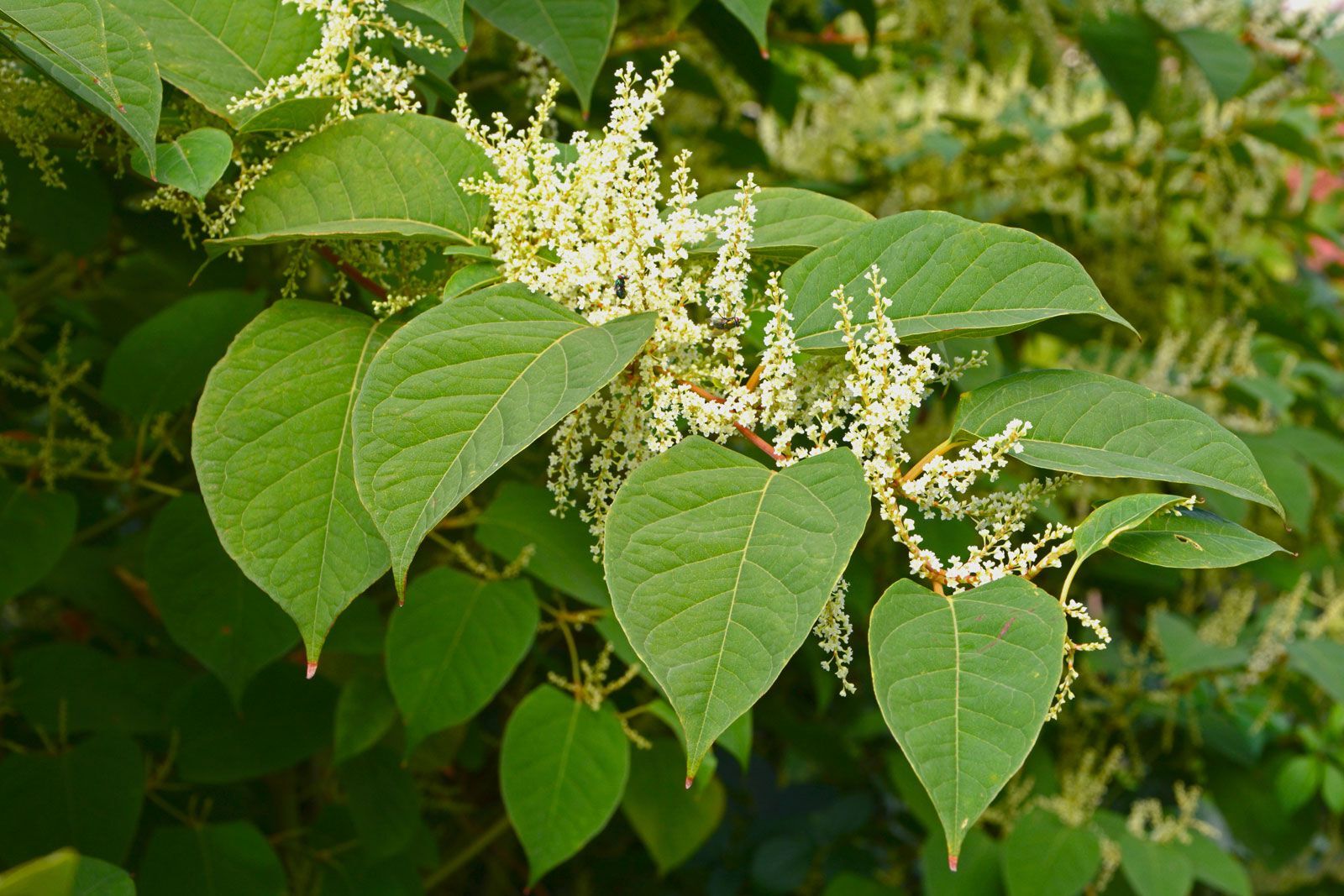
Chronic Obstructive Pulmonary Disease (COPD) is a serious lung condition that makes breathing difficult. Affecting millions globally, COPD includes diseases like emphysema and chronic bronchitis. Smoking is the leading cause, but air pollution, chemical fumes, and dust also contribute. Symptoms such as shortness of breath, wheezing, and chronic cough often appear after significant lung damage. Diagnosing COPD involves medical history, physical exams, and pulmonary function tests like spirometry. While there's no cure, treatments like inhaled corticosteroids, bronchodilators, and pulmonary rehabilitation can manage symptoms. Lifestyle changes, especially quitting smoking, are crucial for improving quality of life. Understanding COPD helps in managing this challenging condition effectively.
Key Takeaways:
- COPD is a serious lung disease caused by smoking and air pollution. It leads to breathing difficulties and can affect daily life. Early diagnosis and lifestyle changes are crucial for managing symptoms.
- Support groups and global initiatives play a vital role in managing COPD. Quitting smoking, staying active, and finding the right healthcare provider are essential for improving quality of life.
What is Chronic Obstructive Pulmonary Disease (COPD)?
Chronic Obstructive Pulmonary Disease, or COPD, is a term that covers several lung diseases. These diseases make it hard to breathe and can seriously affect daily life. Let's explore some key facts about COPD.
- Definition of COPD: COPD includes diseases like emphysema and chronic bronchitis. It narrows the airways, making breathing difficult.
- Prevalence of COPD: In 2016, 251 million people worldwide had COPD. This number is rising, especially in low and middle-income countries.
- Causes of COPD: Smoking is the main cause, but air pollution, chemical fumes, and industrial dust also contribute.
- Risk Factors: Besides smoking, secondhand smoke, air pollution, and certain jobs increase the risk. A rare genetic disorder called alpha-1-antitrypsin deficiency (AATD) also raises the risk.
- Symptoms of COPD: Common symptoms include shortness of breath, wheezing, and a chronic cough with phlegm. These symptoms worsen over time.
How is COPD Diagnosed and Staged?
Diagnosing and staging COPD involves several steps and tests. Understanding these can help manage the disease better.
- Diagnosis of COPD: Doctors use medical history, physical exams, and pulmonary function tests (PFTs). Spirometry is a common PFT that measures lung function.
- Stages of COPD: COPD has four stages: mild, moderate, severe, and very severe. The severity depends on airflow limitation and daily activity impact.
- Emphysema and Chronic Bronchitis: Emphysema destroys tiny air sacs in the lungs. Chronic bronchitis inflames the airways, causing a chronic cough and phlegm. Both often occur together in COPD patients.
- Asthma and COPD: Both share symptoms like coughing and wheezing. However, asthma is usually reversible with treatment, while COPD is progressive and irreversible.
- Comorbidities: COPD patients are at higher risk for lung infections, heart problems, weak muscles, brittle bones, depression, and anxiety.
Global Impact and Undiagnosed Cases
COPD affects millions globally and often goes undiagnosed. Let's look at its global impact and the issue of undiagnosed cases.
- Global Impact: COPD is the third leading cause of death in the U.S. and ranks ninth for lost disability-adjusted life years globally. It's a major public health concern.
- Undiagnosed Cases: Up to 90% of COPD cases remain undiagnosed. This is due to under-recognition of symptoms and outdated diagnostic tools.
Prevention and Treatment Options
Preventing and treating COPD involves lifestyle changes and medical interventions. Here are some key points.
- Prevention: Avoid smoking and exposure to air pollutants. Quitting smoking improves lung function and reduces exacerbations. Vaccinations against flu and pneumonia help prevent infections.
- Treatment Options: While there's no cure, symptoms can be managed with inhaled corticosteroids, bronchodilators, oxygen therapy, and pulmonary rehabilitation. Lifestyle changes are also crucial.
- Pulmonary Rehabilitation: This program includes exercise routines, educational sessions on nutrition and medication, and smoking cessation counseling.
- Breathing Techniques: Techniques like diaphragmatic breathing and pursed lip breathing improve airflow and reduce shortness of breath.
- Mucus Clearance Devices: Devices like handheld flutter valves help clear mucus from the airways, especially during exacerbations.
Lifestyle Changes and Managing Flare-Ups
Adopting healthier habits and managing flare-ups are essential for living with COPD. Here are some tips.
- Lifestyle Changes: Quitting smoking, maintaining a healthy weight, and staying active can reduce symptoms and improve quality of life.
- Flare-Ups: COPD flare-ups are episodes where symptoms worsen quickly. Preventing flare-ups involves avoiding triggers like smoke and pollution and staying on prescribed medication.
Support and Global Initiatives
Support groups and global initiatives play a crucial role in managing COPD. Let's explore these resources.
- Healthcare Provider Network: Finding the right healthcare provider is essential. Many networks offer specialized care for lung diseases, including pulmonary rehabilitation programs.
- Support Groups: These groups provide emotional support and practical advice. They can be online or local and offer resources like Freedom From Smoking clinics.
- WHO Response: The World Health Organization includes COPD in its Global Action Plan for Noncommunicable Diseases. The WHO Package of Essential Noncommunicable Disease Interventions (PEN) includes protocols for managing COPD.
- PEN Interventions: The PEN package includes modules on healthy lifestyle counseling, tobacco cessation, and self-care. It emphasizes reducing tobacco smoke exposure.
- Rehabilitation 2030: This initiative prioritizes and strengthens rehabilitation services in health systems, including pulmonary rehabilitation for COPD.
- Clean Household Energy Solutions: The WHO Clean Household Energy Solutions Toolkit promotes clean and safe interventions in homes, helping reduce COPD risk.
- Global Alliance Against Chronic Respiratory Diseases (GARD): GARD is an alliance of organizations committed to preventing and controlling chronic respiratory diseases. It promotes awareness and advocates for better care.
COPD Statistics and Comorbidities
Understanding the statistics and comorbidities associated with COPD can help in managing the disease better.
- COPD Statistics: COPD is the third leading cause of death in the U.S., with over 15.7 million adults diagnosed. In New York State alone, over 900,000 adults have COPD.
- COPD Diagnosis Statistics: Up to 90% of COPD cases remain undiagnosed. This is due to under-recognition of symptoms and outdated diagnostic tools.
- COPD and Comorbidities: COPD patients are at higher risk for lung infections, heart problems, weak muscles, brittle bones, depression, and anxiety. These comorbidities impact quality of life and survival.
COPD and Smoking
Smoking is the leading cause of COPD. Quitting smoking can significantly improve lung function and reduce the risk of exacerbations.
- COPD and Smoking: Even long-term smokers can benefit from quitting, as it can still improve their symptoms.
- COPD and Air Pollution: Exposure to air pollution, including secondhand smoke, can contribute to COPD. Avoiding these exposures is crucial.
- COPD and Occupational Hazards: Jobs involving dust, smoke, or chemical fumes increase the risk of COPD. Preventing these exposures is essential.
- COPD and Genetic Disorders: Alpha-1-antitrypsin deficiency (AATD) is a rare genetic disorder that increases COPD risk. It affects the production of a lung-protecting protein.
- COPD and Vaccinations: Vaccinations against flu and pneumonia help prevent respiratory infections, common in COPD patients.
Pulmonary Rehabilitation and Breathing Techniques
Pulmonary rehabilitation and breathing techniques are vital for managing COPD symptoms. Let's explore these methods.
- COPD and Pulmonary Rehabilitation: This program includes exercise routines, educational sessions, and smoking cessation counseling.
- COPD and Breathing Techniques: Techniques like diaphragmatic breathing and pursed lip breathing improve airflow and reduce shortness of breath.
- COPD and Mucus Clearance Devices: Devices like handheld flutter valves help clear mucus from the airways, especially during exacerbations.
Lifestyle Changes and Flare-Up Management
Adopting healthier habits and managing flare-ups are essential for living with COPD. Here are some tips.
- COPD and Lifestyle Changes: Quitting smoking, maintaining a healthy weight, and staying active can reduce symptoms and improve quality of life.
- COPD and Flare-Ups: COPD flare-ups are episodes where symptoms worsen quickly. Preventing flare-ups involves avoiding triggers like smoke and pollution and staying on prescribed medication.
Healthcare Provider Network and Support Groups
Support groups and healthcare providers play a crucial role in managing COPD. Let's explore these resources.
- COPD and Healthcare Provider Network: Finding the right healthcare provider is essential. Many networks offer specialized care for lung diseases, including pulmonary rehabilitation programs.
- COPD and Support Groups: These groups provide emotional support and practical advice. They can be online or local and offer resources like Freedom From Smoking clinics.
WHO Response and Global Initiatives
The World Health Organization and global initiatives play a crucial role in managing COPD. Let's explore these efforts.
- WHO Response to COPD: The WHO includes COPD in its Global Action Plan for Noncommunicable Diseases. The WHO Package of Essential Noncommunicable Disease Interventions (PEN) includes protocols for managing COPD.
- PEN Interventions for COPD: The PEN package includes modules on healthy lifestyle counseling, tobacco cessation, and self-care. It emphasizes reducing tobacco smoke exposure.
- Rehabilitation 2030 Initiative: This initiative prioritizes and strengthens rehabilitation services in health systems, including pulmonary rehabilitation for COPD.
- Clean Household Energy Solutions Toolkit (CHEST): The CHEST toolkit promotes clean and safe interventions in homes, helping reduce COPD risk.
- Global Alliance Against Chronic Respiratory Diseases (GARD): GARD is an alliance of organizations committed to preventing and controlling chronic respiratory diseases. It promotes awareness and advocates for better care.
COPD Statistics and Undiagnosed Cases
Understanding the statistics and undiagnosed cases associated with COPD can help in managing the disease better.
- COPD Statistics in the United States: COPD is the third leading cause of death in the U.S., with over 15.7 million adults diagnosed. In New York State alone, over 900,000 adults have COPD.
- Undiagnosed COPD Cases: Up to 90% of COPD cases remain undiagnosed. This is due to under-recognition of symptoms and outdated diagnostic tools.
Comorbidities and Early Diagnosis
Comorbidities and early diagnosis are crucial for managing COPD. Let's explore these aspects.
- Comorbidities in COPD Patients: COPD patients are at higher risk for lung infections, heart problems, weak muscles, brittle bones, depression, and anxiety. These comorbidities impact quality of life and survival.
- Importance of Early Diagnosis and Treatment: Early diagnosis and treatment improve patient outcomes. Accurate diagnosis involves medical history, physical exams, and pulmonary function tests. Starting treatment early helps manage symptoms and prevent exacerbations.
Final Thoughts on COPD
COPD is a serious lung disease affecting millions worldwide. Understanding COPD helps manage it better. Smoking remains the top cause, but air pollution and occupational hazards also play roles. Symptoms like shortness of breath, wheezing, and chronic cough often go unnoticed until significant lung damage occurs. Early diagnosis through spirometry and other tests is crucial. While there's no cure, treatments like inhaled corticosteroids, bronchodilators, and pulmonary rehabilitation can manage symptoms. Lifestyle changes, especially quitting smoking, make a big difference. Support groups and healthcare networks offer valuable resources. Global initiatives by WHO and GARD aim to improve care and awareness. Remember, early intervention and consistent management can significantly enhance the quality of life for those living with COPD. Stay informed, seek support, and take proactive steps to breathe easier.
Frequently Asked Questions
Was this page helpful?
Our commitment to delivering trustworthy and engaging content is at the heart of what we do. Each fact on our site is contributed by real users like you, bringing a wealth of diverse insights and information. To ensure the highest standards of accuracy and reliability, our dedicated editors meticulously review each submission. This process guarantees that the facts we share are not only fascinating but also credible. Trust in our commitment to quality and authenticity as you explore and learn with us.


